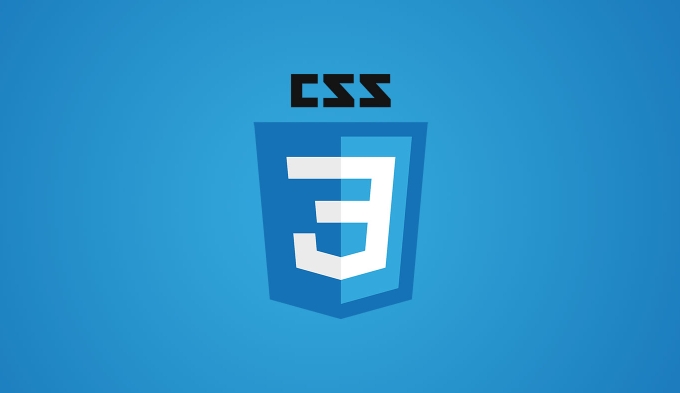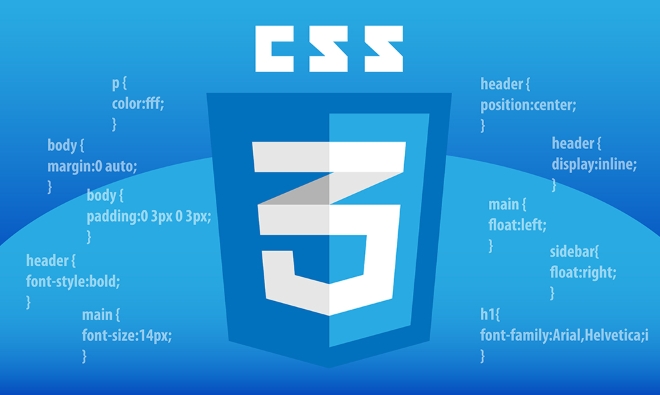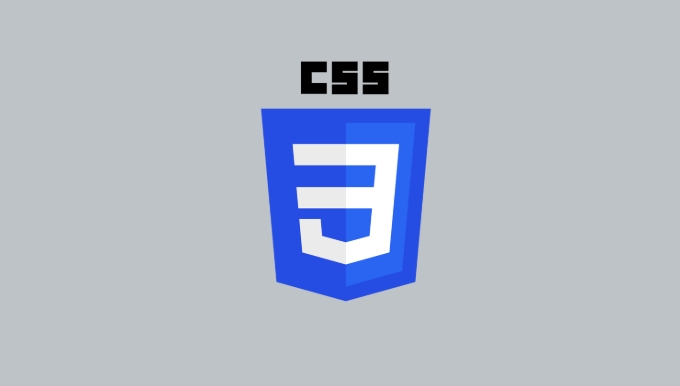A stacking context is a self-contained layer in CSS that controls the z-order of overlapping elements, where nested contexts restrict z-index interactions; it is created by properties like z-index on positioned elements, opacity

A stacking context is a three-dimensional conceptual layer in CSS that determines the visual order of elements on a webpage when they overlap. Even though web pages are built in a 2D plane, CSS allows elements to stack on top of one another — like sheets of paper piled up — and the stacking context defines which elements appear above or below others.

Think of it like this: when elements overlap (due to positioning, opacity, flexbox, etc.), the browser needs rules to decide who shows up on top. That’s where the stacking context comes in.
How Stacking Context Works
Elements don’t all compete globally for z-order. Instead, stacking contexts can be nested. Each stacking context is self-contained, meaning elements inside it don’t affect elements in other stacking contexts. The browser paints elements in a specific order, from back to front:

- Background and borders of the parent element
- Block-level elements in normal flow, in order of appearance
- Positioned elements (and flex/grid children), in order of their
z-index:- First, those with negative
z-index(painted back to front) - Then, non-positioned elements and those with
z-index: auto - Finally, elements with positive
z-index(painted front to back)
- First, those with negative
But here’s the key: a new stacking context limits how z-index values interact.
When Is a Stacking Context Created?
A new stacking context is formed when any of the following are applied to an element:

-
positionwithz-indexother thanauto(only if the element is positioned:relative,absolute,fixed, orsticky) -
opacityless than 1 -
transform(e.g.,scale,rotate) -
filter(e.g.,blur(2px)) -
will-change(if it hints attransformoropacity) -
perspectiveorclip-path isolation: isolate-
mix-blend-modeother thannormal -
containwith valuelayout,paint, orstrict
Once a new stacking context is created, any z-index values inside are relative to that context, not the whole page.
Practical Example
<div class="box1">Box 1 (z-index: 2)</div> <div class="container"> <div class="box2">Box 2 (z-index: 100)</div> </div>
.box1 {
position: relative;
z-index: 2;
background: red;
}
.container {
position: relative;
z-index: 1; /* Creates a new stacking context */
opacity: 0.9; /* Also creates a new stacking context */
}
.box2 {
position: relative;
z-index: 100;
background: blue;
}Even though .box2 has z-index: 100, it’s contained within the stacking context of .container, which has a lower effective stacking level than .box1. So red .box1 will appear above blue .box2 — counterintuitive, but correct.
Why It Matters
Understanding stacking contexts helps avoid frustrating layout bugs. For example:
- A dropdown menu getting "cut off" by a nearby element
- A modal not appearing on top despite high
z-index - Tooltips or popovers appearing behind other content
The fix often involves checking if a parent element created an unintended stacking context (e.g., via opacity or transform), which then traps the child’s z-index.
Basically, it’s not just about z-index — it’s about the hierarchy of stacking contexts.
The above is the detailed content of What is a stacking context?. For more information, please follow other related articles on the PHP Chinese website!

Hot AI Tools

Undress AI Tool
Undress images for free

Undresser.AI Undress
AI-powered app for creating realistic nude photos

AI Clothes Remover
Online AI tool for removing clothes from photos.

Clothoff.io
AI clothes remover

Video Face Swap
Swap faces in any video effortlessly with our completely free AI face swap tool!

Hot Article

Hot Tools

Notepad++7.3.1
Easy-to-use and free code editor

SublimeText3 Chinese version
Chinese version, very easy to use

Zend Studio 13.0.1
Powerful PHP integrated development environment

Dreamweaver CS6
Visual web development tools

SublimeText3 Mac version
God-level code editing software (SublimeText3)

Hot Topics
 How to use PHP to build social sharing functions PHP sharing interface integration practice
Jul 25, 2025 pm 08:51 PM
How to use PHP to build social sharing functions PHP sharing interface integration practice
Jul 25, 2025 pm 08:51 PM
The core method of building social sharing functions in PHP is to dynamically generate sharing links that meet the requirements of each platform. 1. First get the current page or specified URL and article information; 2. Use urlencode to encode the parameters; 3. Splice and generate sharing links according to the protocols of each platform; 4. Display links on the front end for users to click and share; 5. Dynamically generate OG tags on the page to optimize sharing content display; 6. Be sure to escape user input to prevent XSS attacks. This method does not require complex authentication, has low maintenance costs, and is suitable for most content sharing needs.
 PHP creates a blog comment system to monetize PHP comment review and anti-brush strategy
Jul 25, 2025 pm 08:27 PM
PHP creates a blog comment system to monetize PHP comment review and anti-brush strategy
Jul 25, 2025 pm 08:27 PM
1. Maximizing the commercial value of the comment system requires combining native advertising precise delivery, user paid value-added services (such as uploading pictures, top-up comments), influence incentive mechanism based on comment quality, and compliance anonymous data insight monetization; 2. The audit strategy should adopt a combination of pre-audit dynamic keyword filtering and user reporting mechanisms, supplemented by comment quality rating to achieve content hierarchical exposure; 3. Anti-brushing requires the construction of multi-layer defense: reCAPTCHAv3 sensorless verification, Honeypot honeypot field recognition robot, IP and timestamp frequency limit prevents watering, and content pattern recognition marks suspicious comments, and continuously iterate to deal with attacks.
 What are common CSS browser inconsistencies?
Jul 26, 2025 am 07:04 AM
What are common CSS browser inconsistencies?
Jul 26, 2025 am 07:04 AM
Different browsers have differences in CSS parsing, resulting in inconsistent display effects, mainly including the default style difference, box model calculation method, Flexbox and Grid layout support level, and inconsistent behavior of certain CSS attributes. 1. The default style processing is inconsistent. The solution is to use CSSReset or Normalize.css to unify the initial style; 2. The box model calculation method of the old version of IE is different. It is recommended to use box-sizing:border-box in a unified manner; 3. Flexbox and Grid perform differently in edge cases or in old versions. More tests and use Autoprefixer; 4. Some CSS attribute behaviors are inconsistent. CanIuse must be consulted and downgraded.
 How to build a PHP Nginx environment with MacOS to configure the combination of Nginx and PHP services
Jul 25, 2025 pm 08:24 PM
How to build a PHP Nginx environment with MacOS to configure the combination of Nginx and PHP services
Jul 25, 2025 pm 08:24 PM
The core role of Homebrew in the construction of Mac environment is to simplify software installation and management. 1. Homebrew automatically handles dependencies and encapsulates complex compilation and installation processes into simple commands; 2. Provides a unified software package ecosystem to ensure the standardization of software installation location and configuration; 3. Integrates service management functions, and can easily start and stop services through brewservices; 4. Convenient software upgrade and maintenance, and improves system security and functionality.
 Describe the `vertical-align` property and its typical use cases
Jul 26, 2025 am 07:35 AM
Describe the `vertical-align` property and its typical use cases
Jul 26, 2025 am 07:35 AM
Thevertical-alignpropertyinCSSalignsinlineortable-cellelementsvertically.1.Itadjustselementslikeimagesorforminputswithintextlinesusingvalueslikebaseline,middle,super,andsub.2.Intablecells,itcontrolscontentalignmentwithtop,middle,orbottomvalues,oftenu
 What is the accent-color property?
Jul 26, 2025 am 09:25 AM
What is the accent-color property?
Jul 26, 2025 am 09:25 AM
accent-color is an attribute used in CSS to customize the highlight colors of form elements such as checkboxes, radio buttons and sliders; 1. It directly changes the default color of the selected state of the form control, such as changing the blue check mark of the checkbox to red; 2. Supported elements include input boxes of type="checkbox", type="radio" and type="range"; 3. Using accent-color can avoid complex custom styles and extra DOM structures, and maintain native accessibility; 4. It is generally supported by modern browsers, and old browsers need to be downgraded; 5. Set accent-col
 How to compile SCSS to CSS?
Jul 27, 2025 am 01:58 AM
How to compile SCSS to CSS?
Jul 27, 2025 am 01:58 AM
InstallDartSassvianpmafterinstallingNode.jsusingnpminstall-gsass.2.CompileSCSStoCSSusingthecommandsassinput.scssoutput.css.3.Usesass--watchinput.scssoutput.csstoauto-compileonsave.4.Watchentirefolderswithsass--watchscss:css.5.Usepartialswith_prefixfo
 How to change text color in CSS?
Jul 27, 2025 am 04:25 AM
How to change text color in CSS?
Jul 27, 2025 am 04:25 AM
To change the text color in CSS, you need to use the color attribute; 1. Use the color attribute to set the text foreground color, supporting color names (such as red), hexadecimal codes (such as #ff0000), RGB values (such as rgb(255,0,0)), HSL values (such as hsl(0,100%,50%)), and RGBA or HSLA with transparency (such as rgba(255,0,0,0.5)); 2. You can apply colors to any element containing text, such as h1 to h6 titles, paragraph p, link a (note the color settings of different states of a:link, a:visited, a:hover, a:active), buttons, div, span, etc.; 3. Most






